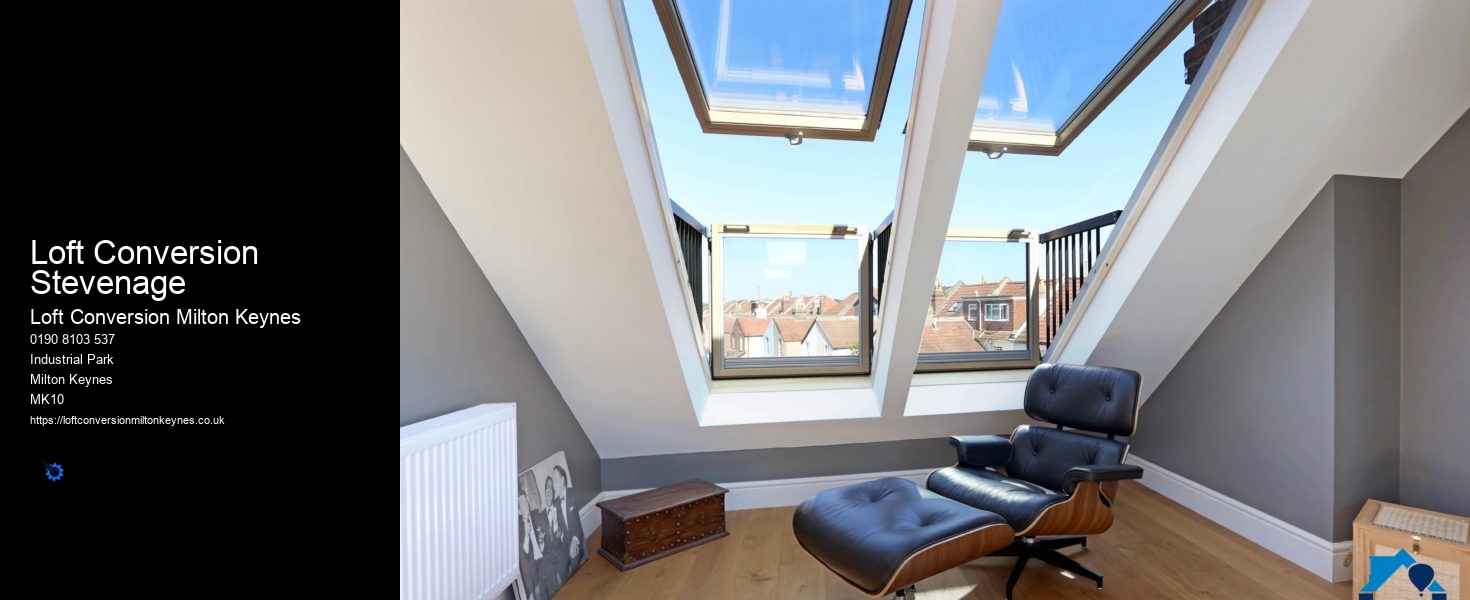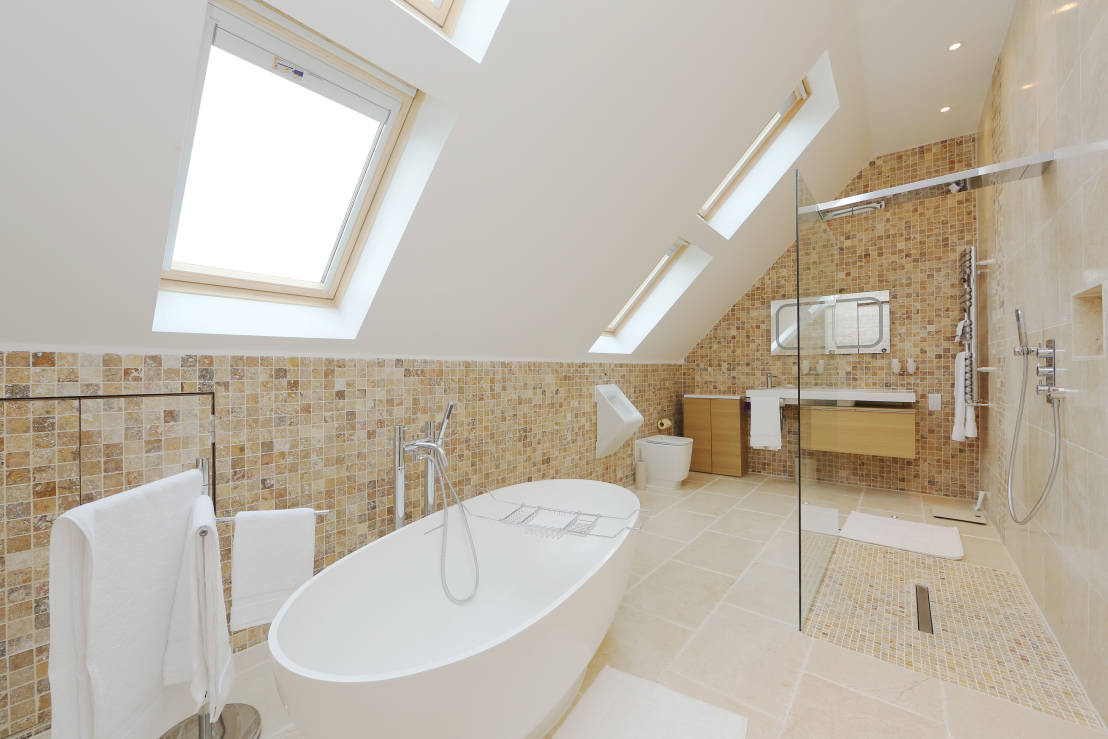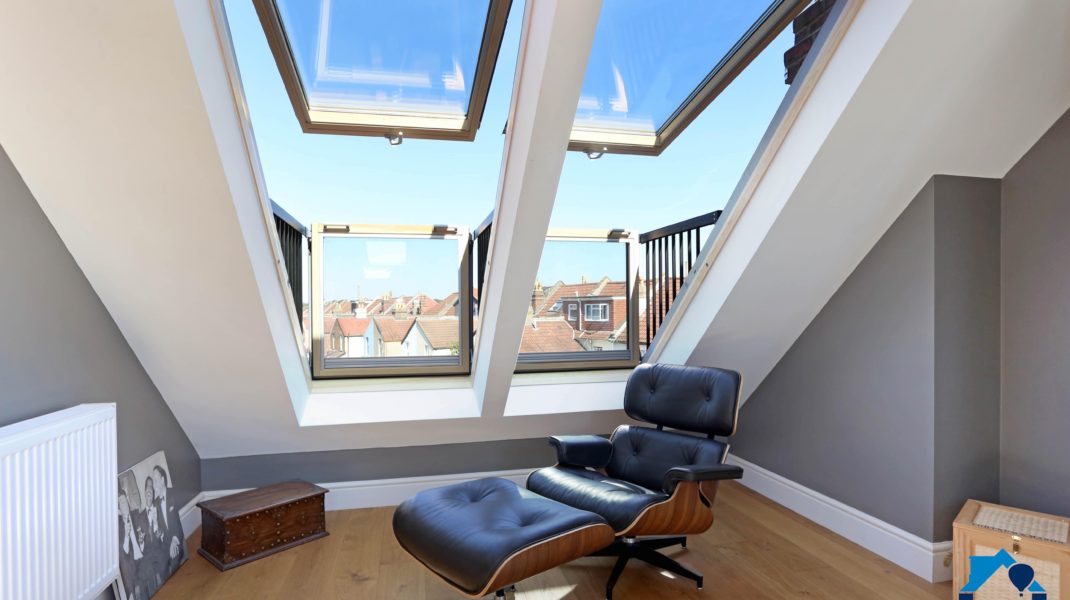Loft Conversion Cost Milton Keynes
The third option is a straight staircase, which is the most common type of staircase used in loft conversions. This type of staircase is more expensive than the other two options, but it provides the most space and is the most aesthetically pleasing. A straight staircase can be customized to fit your needs and can also provide more space for storage underneath the stairs.
Overall, converting your loft can be an excellent way to add extra living space to your home. If you’re looking to have a loft conversion in Milton Keynes, then it’s important to do your research to make sure you get the best value for money. The cost of a loft conversion can vary depending on the size of the loft and the type of conversion you’re looking for, but on average it can cost anywhere between £15,000 and £50,000.
A loft conversion can add significant value to your home, depending on the level of work that is carried out. A well-planned, high-quality loft conversion can add up to 20% to the value of your home, which is considerable. However, this isn’t a guarantee – a poorly-planned or low-quality conversion could actually reduce the value of your home.
Finally, if you’re not looking to make any major structural changes to your house, you may want to consider a Velux loft conversion. This type of conversion involves adding Velux windows to the roof of your house to create extra living space. Velux conversions are cost-effective and can provide plenty of extra living space without requiring any major structural changes.
If you’re looking to maximize the living space in your Milton Keynes home, a mansard loft conversion may be the best option. This type of conversion involves extending the roof of your house to create a new, larger roof with a shallow pitch. Mansard loft conversions can provide a significant amount of extra living space, but they are also more expensive and require more structural work than other types of conversions.
The cost of a roof for a loft conversion will vary depending on the size and shape of the loft and the type of material used. For example, a flat roof will be less expensive than a pitched roof, but it may not be as durable. Flat roofs are also more prone to leaking. On the other hand, a pitched roof will be more expensive and require more work, but it will also provide more headroom and be more durable.
The cost of an extension also depends on the type of extension you want. Single-storey extensions are usually the most cost-effective, while two-storey extensions can be more expensive. You may also want to consider adding features such as a conservatory or a garden room to your extension, which can add to the cost.
If you’re wondering how to check if a loft can be converted, it’s important to know the different ways to determine if your particular loft is suitable for conversion. The first step is to assess the size and shape of the space, as well as its current structural integrity. You’ll also need to consider the local regulations and building codes, as well as the access to utilities like plumbing and electricity.
Overall, converting your loft can be an excellent way to add value to your property. By considering the type of house you have, the type of conversion you need, and the associated costs, you can ensure that you get the most value out of the project.


